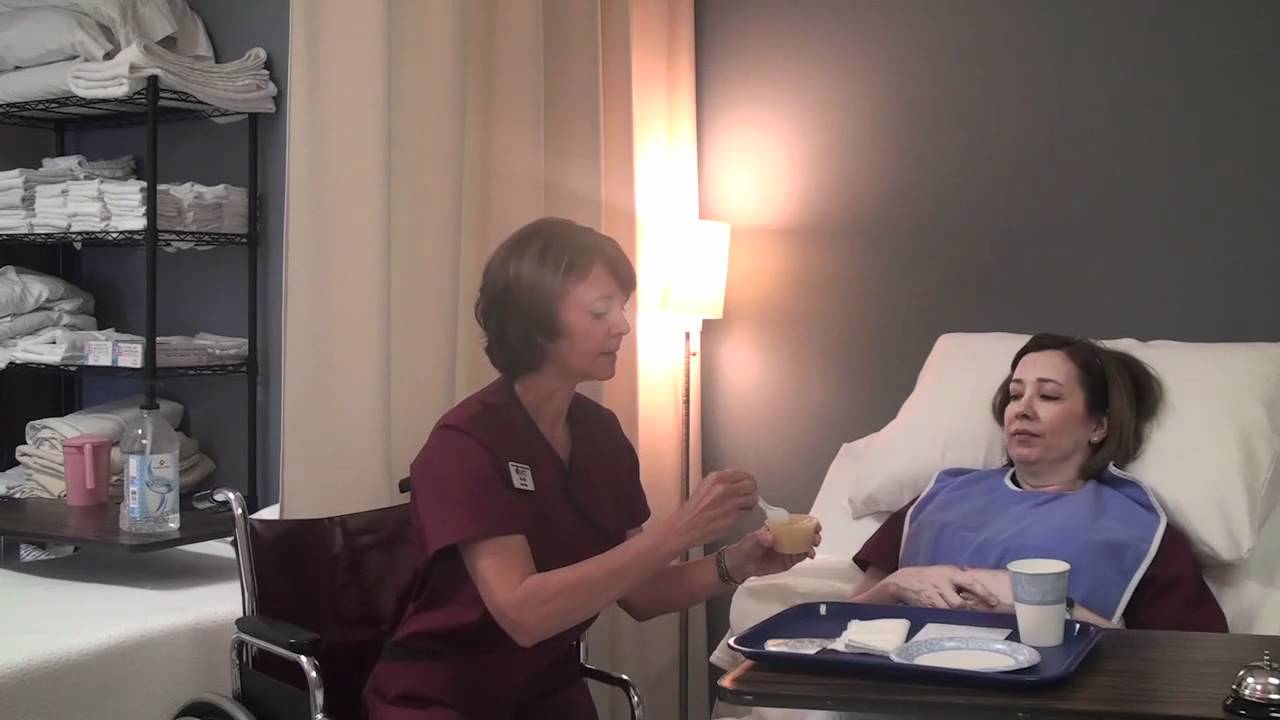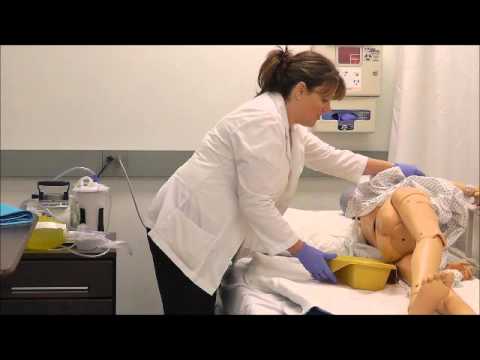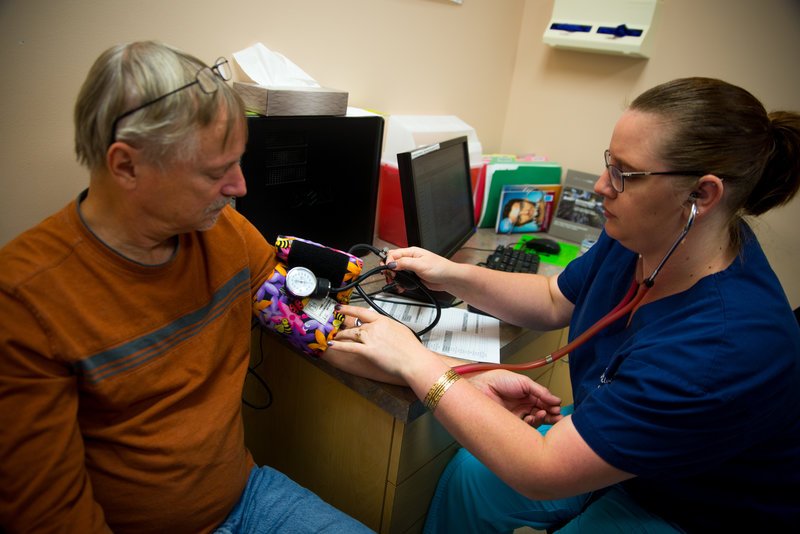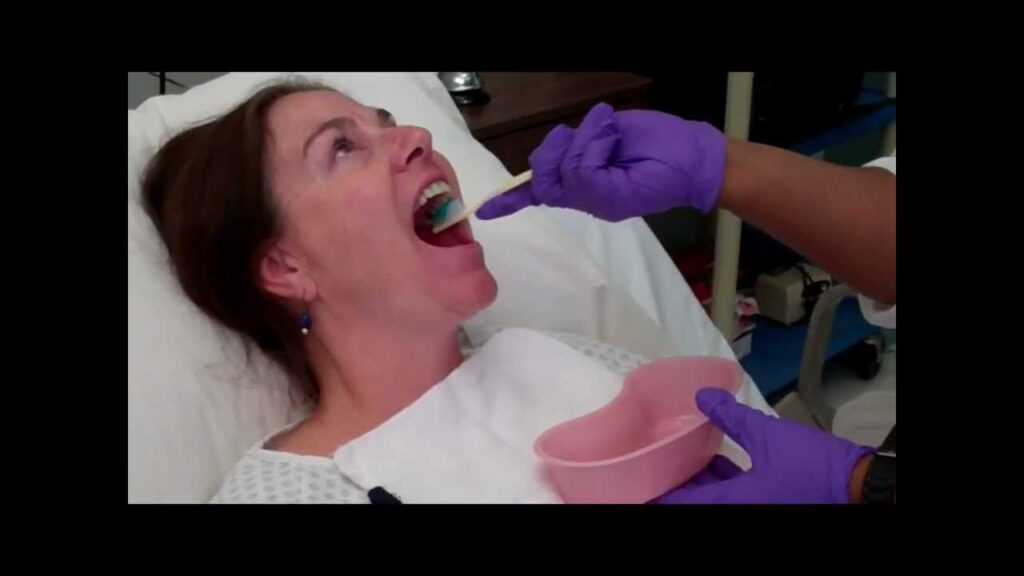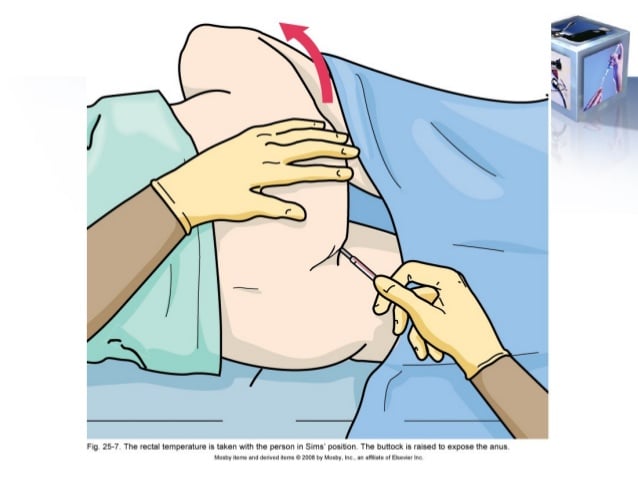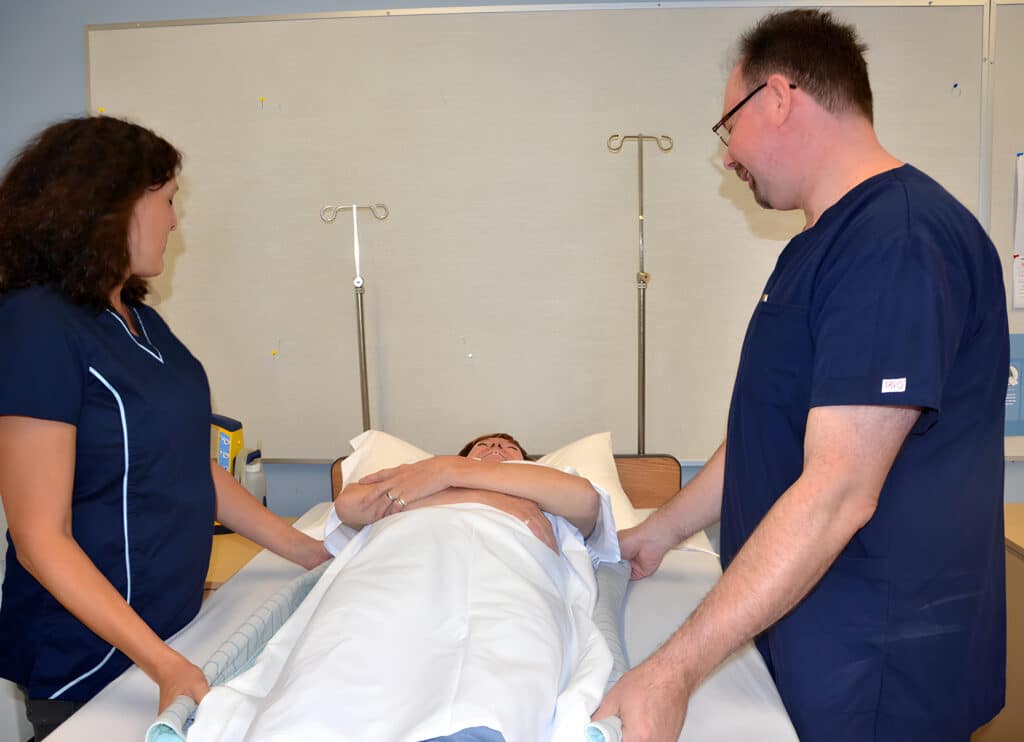Written by Hollie Finders, RN
Hollie Finders is a registered nurse with years of experience working in the health care field. She has degrees in both biochemistry and nursing. After working with patients of all ages, Hollie now specializes in pediatric intensive care nursing. Hollie’s LinkedIn
Procedure
Equipment needed: meal, clothing protector, napkins or wipes.
- Verify the patient’s diet.
- Perform hand hygiene.
- Explain the procedure to the patient and ask for his or her assistance in following directions.
- Ensure the patient has the correct meal by comparing the name on the meal ticket to the patient’s stated name or identification wristband.
- Ensure the meal ticket states the correct diet and that the items on the ticket match the items on the meal tray.
- Raise the head of the bed so the patient is in a sitting position.
- Wash the patient’s hands. Apply a clothing protector.
- Put the meal tray on the bedside table and place in front of the patient.
- Face the patient and sit at eye level with him or her. If the patient has one-sided weakness, sit on the patient’s unaffected side.
- Ask the patient what he or she would like to eat first. Inform the patient of the foods present if he or she cannot see them.
- Check the temperature of the food. Feed the patient using bite-sized portions.
- Ensure the patient chews and swallows each bite. Stop and notify the nurse immediately if you suspect the patient is having issues swallowing.
- Offer a drink or a new food every few bites.
- Do not rush the patient. Provide friendly conversation throughout the meal to make mealtime enjoyable.
- Wipe the patient’s mouth as needed.
- When the patient is finished with the meal, wipe the patient’s mouth and hands, remove the clothing protector, and check the sheets for spills or crumbs.
- Remove the meal tray and assist the patient into a comfortable position.
- Take note of how much the patient ate and drank.
- Perform hand hygiene.
- Document the patient’s intake in the patient’s chart. Food is typically documented by percentage eaten, whereas fluids are documented in milliliters consumed.
- Report any changes in the patient’s condition to the nurse.
Important Information
Not all patients will need help feeding themselves. Some patients will only need assistance opening cartons or cutting their food. To promote independence, always let the patient do as much as he or she can before assisting.
It is vitally important that the nurse’s aide verifies that the patient receives the correct meal tray. Patients may have special diets that play a critical role in their health (i.e., pureed diet, gluten-free diet, food allergies, etc.). Feeding the wrong food to the wrong patient could result in serious complications.
When feeding a patient, stop and alert the nurse if the patient is exhibiting dysphagia (trouble swallowing), as this can result in aspiration [1]. Some patients, especially those with dysphagia, will äóìpocketäó their food instead of swallowing. If the pocketed food gets dislodged, it can cause the patient to choke. For safety reasons, do not continue feeding the patient if he or she does not swallow after each bite.
References

